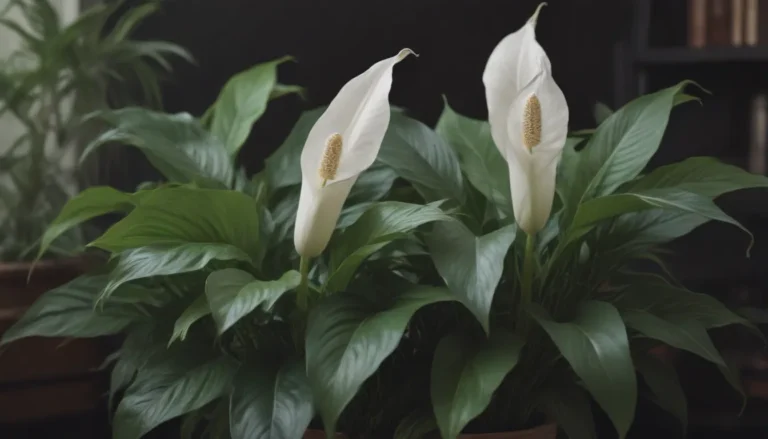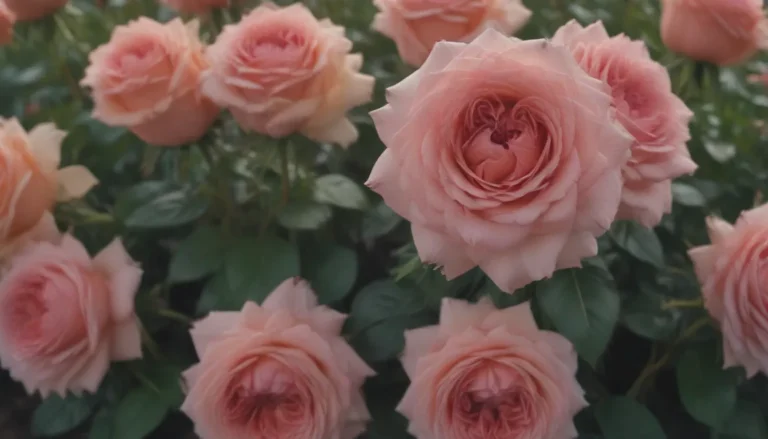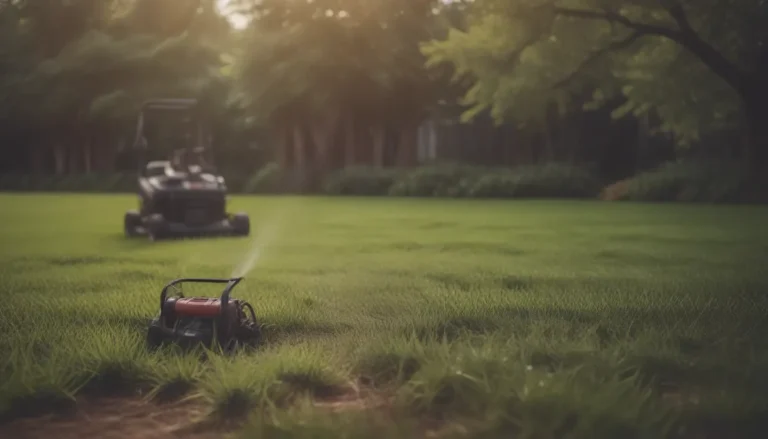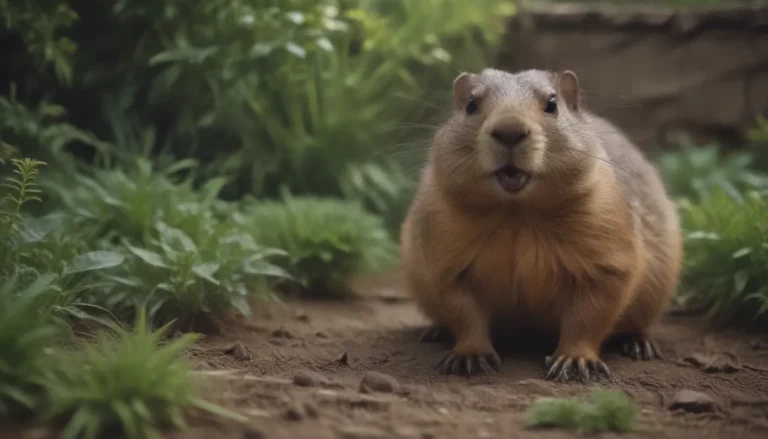The Ultimate Guide to Growing and Caring for Anemone (Windflower)
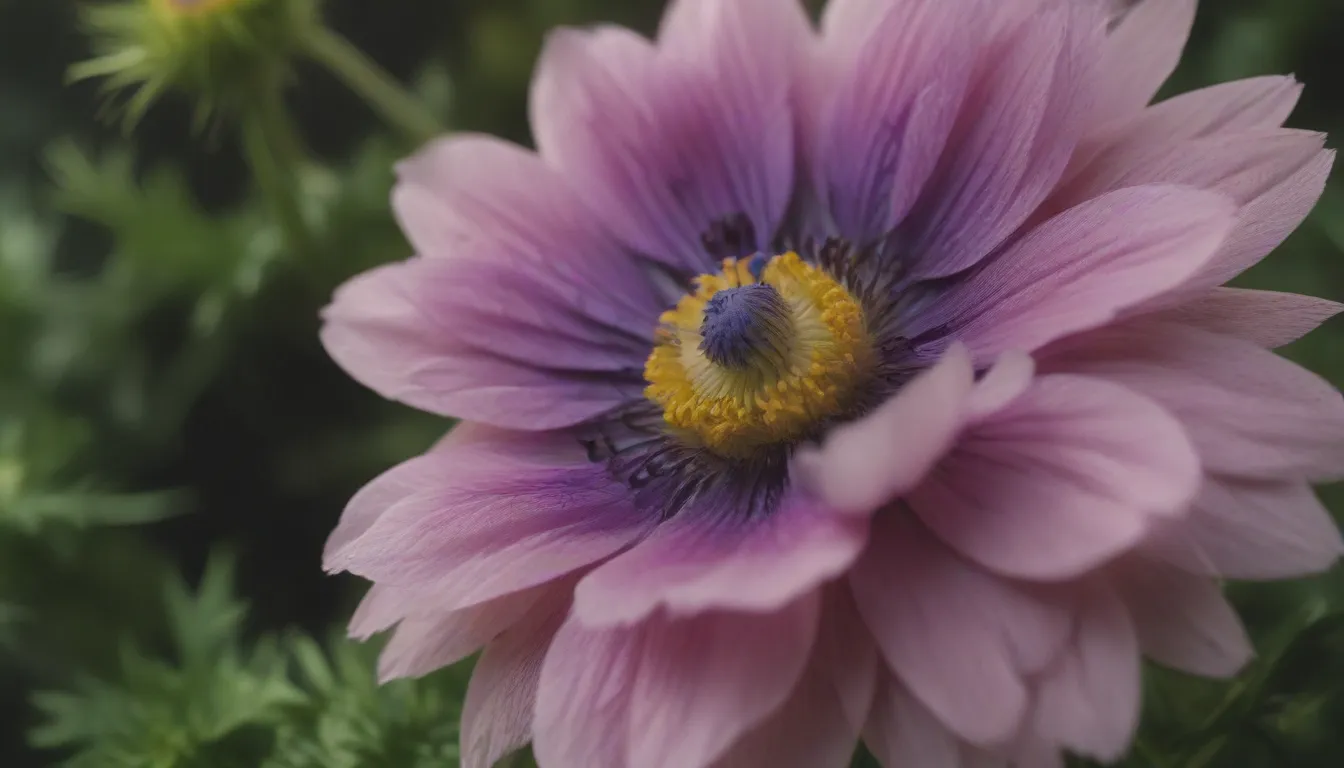
Welcome to the ultimate guide on how to grow and care for anemone, also known as windflowers. These delicate flowers are part of the Anemone genus and come in various species, each with its unique characteristics. In this comprehensive article, we will explore everything you need to know to successfully cultivate and maintain anemones in your garden.
What is Anemone?
Anemones are beautiful flowers that derive their name from the Greek word “anemos,” meaning wind. These plants feature basal leaf clumps from which long flower stems rise to support delicate blossoms. They thrive in moist soil and prefer full to partial sun in temperate climates. However, it’s essential to note that all parts of the anemone plant contain a substance called protoanemonin, making them moderately toxic to humans and pets. So, care must be taken when handling these plants.
Anemone Care Tips
To ensure your anemones thrive and bloom beautifully, here are some essential care tips to keep in mind:
Light
- Plant anemones where they receive at least half a day of direct sunlight.
- Some varieties thrive in partial shade but still need a minimum of four hours of sunlight daily.
Soil
- Anemones thrive in moist, well-drained soil.
- Enhance the soil quality by adding compost, leaf mold, or other organic matter.
- Anemones are not picky about soil pH but prefer slightly acidic soil.
Water
- Water the plants regularly, especially when rainfall is less than one inch per week.
- Keep the soil lightly moist by watering slowly to allow for optimal water absorption.
- Some varieties, like wood anemone, have specific water needs and may require less water during certain seasons.
Temperature and Humidity
- Anemones prefer cool temperatures, with ideal daytime temperatures ranging from 58 to 65 degrees Fahrenheit.
- They are suitable for USDA hardiness zones 3 to 10, with different species thriving in specific zones.
- While anemones have no specific humidity requirements, proper soil moisture is crucial for their health.
Fertilizer
- Use bone meal to provide a nutrient boost to anemones in the fall or spring, depending on the bloom season.
- Avoid overfeeding, as anemones do not require frequent fertilization.
Types of Anemones
Several species of anemones are available, each offering unique characteristics and cultivars. Some common types include:
- Anemone blanda
- Anemone coronaria
- Anemone hupehensis var. japonica
- Anemone sylvestris
Pruning and Propagating Anemones
Pruning
- Spring-blooming anemones typically require minimal pruning as the fading foliage tends to wither naturally.
- Taller fall-blooming varieties may need to be pruned after the first frost for a tidy appearance.
Propagating
- Anemones can be propagated by dividing corms or tubers and replanting them.
- Consider lifting the roots in fall for winter storage if your garden experiences wet soil conditions.
How to Grow Anemones From Seed
Seed propagation of anemones is a slow and unpredictable method but can be attempted by dedicated gardeners. Here’s how you can grow anemones from seed:
- Collect seeds from dried seed heads after the flowers fade.
- Sow the seeds in an outdoor cold frame filled with well-draining soil.
- Provide cold stratification before sprouting the seeds for optimal growth.
Potting and Overwintering Anemones
- A large pot with well-drained soil is suitable for growing anemone coronaria cultivars.
- Anemones can be overwintered outdoors in a sheltered area with the necessary winter chill period.
- Divide and replant rhizomatous types when they become root-bound.
Common Pests and Plant Diseases
While anemones are relatively resistant to pests and diseases, they can still be affected by issues like foliar nematodes and fungal infections. Proper plant care and soil management can help prevent these problems.
Encouraging Blooms and Dealing With Common Issues
Blooming
- Anemones bloom in spring, summer, and fall, with some varieties offering long-lasting flowers.
- Encourage more blooms by ensuring proper soil conditions and adequate sunlight.
- Deadhead flowers for a neater appearance and to stimulate new growth.
Common Problems
- Stake taller varieties to prevent flopping.
- Control pests like snails and slugs by using saucers of beer or bait.
- Overwinter non-hardy species properly to ensure their survival.
By following these care tips and guidelines, you can enjoy beautiful blooms from your anemone plants year after year. With proper attention to their specific needs, these charming flowers will brighten up your garden and provide joy to all who see them.

